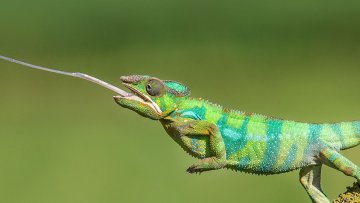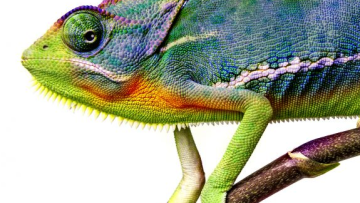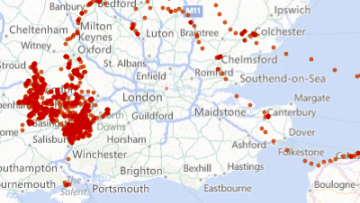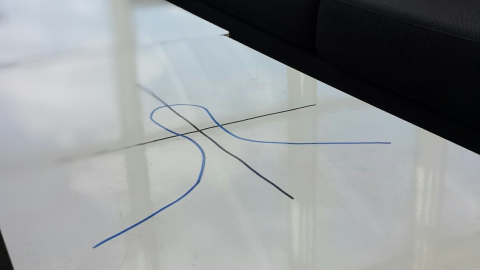The chameleon's tongue is said to unravel at the sort of speed that would see a car go from 0-60 mph in one hundredth of a second – and it can extend up to 2.5 body lengths when catching insects. Oxford Mathematicans Derek Moulton and Alain Goriely have built a mathematical model to explain its secrets.
The use of mathematical models to describe the motion of a variety of biological organisms has been the subject of much research interest for several decades. If we are able to predict the future locations of bacteria, cells or animals, and then we subsequently observe differences between the predictions and the experiments, we would have grounds to suggest that the local environment has changed, either on a chemical or protein scale, or on a larger scale, e.g.
Assessing accuracy requirements in high tibial osteotomy: a theoretical, computer-based model using AP radiographs.
Jones, L
Brown, C
Jackson, W
Monk, A
Price, A
Knee surgery, sports traumatology, arthroscopy : official journal of the ESSKA
volume 25
issue 9
2952-2956
(07 Sep 2017)
Why do birds migrate? A macroecological perspective
Somveille, M
Rodrigues, A
Manica, A
Global Ecology and Biogeography
volume 24
issue 6
664-674
(07 Jun 2015)
Mapping global diversity patterns for migratory birds.
Somveille, M
Manica, A
Butchart, S
Rodrigues, A
PloS one
volume 8
issue 8
e70907
(07 Jan 2013)
Brood parasitism and the evolution of cooperative breeding in birds.
Feeney, W
Medina, I
Somveille, M
Heinsohn, R
Hall, M
Mulder, R
Stein, J
Kilner, R
Langmore, N
Science (New York, N.Y.)
volume 342
issue 6165
1506-1508
(Dec 2013)
Design and Performance of the OP2 Library for Unstructured Mesh Applications.
Bertolli, C
Betts, A
Mudalige, G
Giles, M
Kelly, P
Euro-Par 2011: Parallel Processing Workshops
volume 7155
191-200
(01 Jan 2011)





